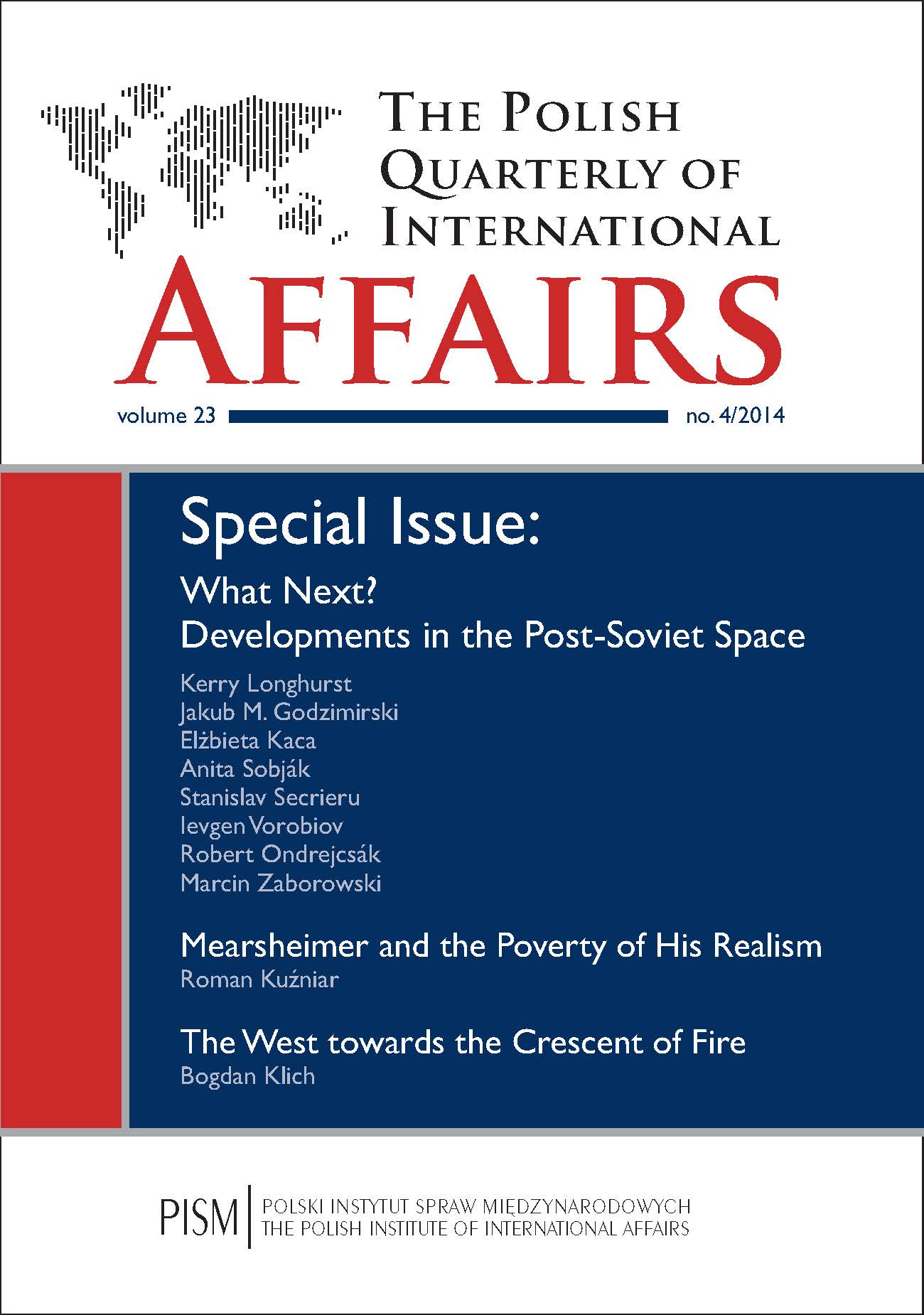Partnership for Stability: How to Connect the Strategic Futures of Central Europe and the EaP
Partnership for Stability: How to Connect the Strategic Futures of Central Europe and the EaP
Author(s): Róbert OndrejcsákSubject(s): Politics / Political Sciences, Politics, Security and defense
Published by: PISM Polski Instytut Spraw Międzynarodowych
Keywords: Eastern partnership; NATO; Eastern Europe; Russia
Summary/Abstract: There are currently three strategically different zones in Central and Eastern Europe. The first comprises Central European NATO member countries, the second is made up of Ukraine, Moldova, and Georgia (between NATO and Russia), and third is Russia itself. The crucial changes after the Russian invasion of Ukraine are the termination of connections between the first and third groups, as well as between the second and third groups, and deepening connections between the first and second groups. As Central Europe belongs to the same security complex as Ukraine, and because Central European security cannot be divided from Ukrainian security, it is desirable to link Ukraine and Central Europe to the same strategic structures. We need to provide an additional perspective and bring the Eastern European partners strategically closer to Central European and European security. We need a regional version of Partnership for Peace, a Partnership for Stability (PfS). This paper analyses the determining factors, challenges and opportunities of this concept.
Journal: The Polish Quarterly of International Affairs
- Issue Year: 23/2014
- Issue No: 4
- Page Range: 121-140
- Page Count: 20
- Language: English

